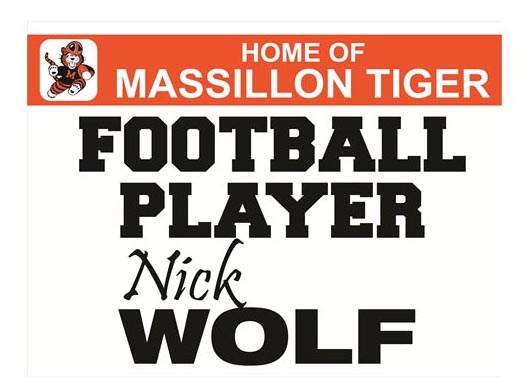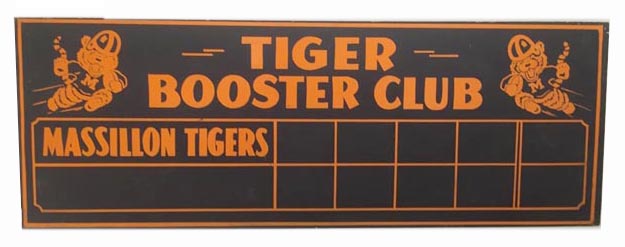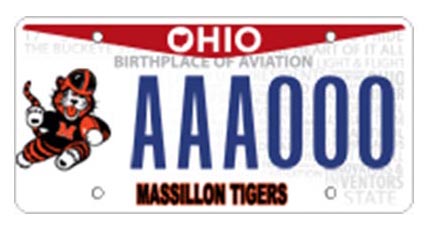Contents provided by Jim Barkan
The Massillon Tiger Football Program has been credited with many “firsts” stemming their storied history. Some have impacted player safety and coaching techniques, while others are simply for the enhancement of the sport. Many originated from legendary Coach Paul Brown, who mentored Massillon from 1932 to 1940 and had a profound influence on the game of football as we know it today. His many innovations, several of which are presented below, have earned him the title of “Father of Modern Day Football.” While several of the Massillon firsts have been credited to other programs and individuals, this story has respectively made appropriate corrections. Please enjoy.

Paul Brown was influential in changing the game of football through his innovations. Here are several of his firsts:
- Tested the athletic capabilities of his players, including emphasis on the 40-yard dash. He said that when you kick off or punt you usually run 40 yards.
- Prepared playbooks for his players.
- Introduced the facemask, which provided better facial protection than a simple nose guard. It came after one of his offensive guards had received a gash on the bridge of his nose.
- Recommended in 1934 that Massillon develop a Booster Club, to ensure the well-being of any disadvantaged players.
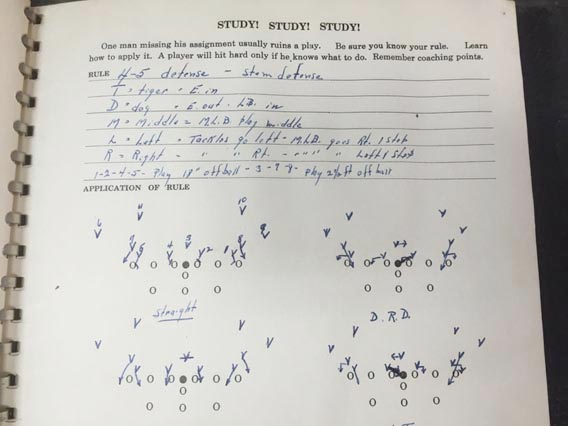
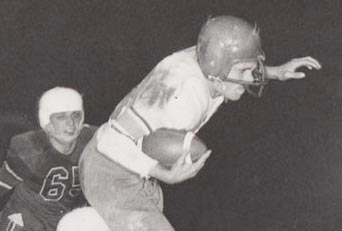
While not necessarily at Massillon, Brown is also credited with several innovations while serving as coach of the Cleveland Browns.
- Tested the mental aptitude of his players to assess learning potential. His tests were the predecessor of the Wonderlic Test used by every NFL team today.
- Devised a method to send in plays from the coach. He would rotate two messenger guards who would relay the play to the quarterback in huddle.
- Placed a radio receiver in the quarterback’s helmet to save time in communicating plays. Although it was outlawed by the NFL shortly thereafter, it is currently in use today.
- Created the draw play, specifically for fullback Marion Motley.
- Invented the “taxi squad,” a group of promising players who did not make the roster, but were kept on reserve. To finance the taxi squad, Browns team owner, Mickey McBride, placed them on the payroll of his taxi company, although they did not drive cabs.
- Located assistant coaches in an elevated press box, while maintaining constant communication with the sidelines. This provided a significant advantage over opponents.
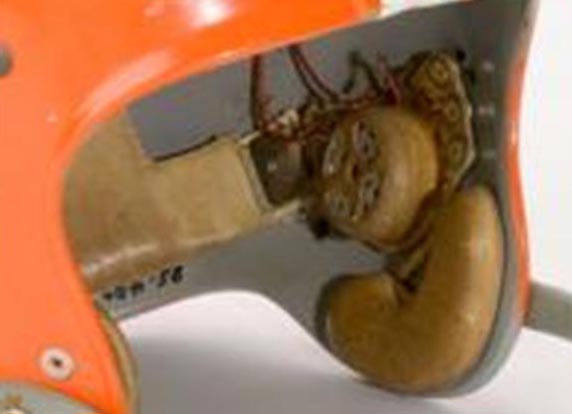
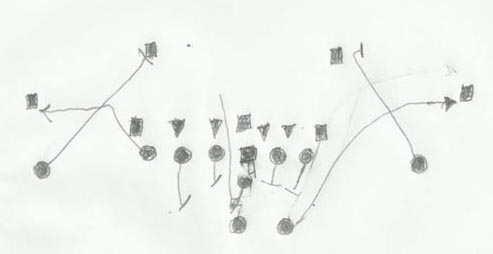
Chuck Mather (1948-53) was known as the “Mechanical Coach”, because of the types of aids he employed in his coaching.
- Filmed practice and games and broke down the film into specific study sessions. Also used an IBM computer with closed circuit television to replay game action on the sidelines between plays.
- Created the power sweep play that was later credited to Green Bay Coach Vince Lombardi. Turns out that Lombardi had attended a football presentation conducted by Mather and received the play at that time. Mather’s power sweep play was also featured in the short Hollywood film, “Touchdown Town”, which was released in 1953.
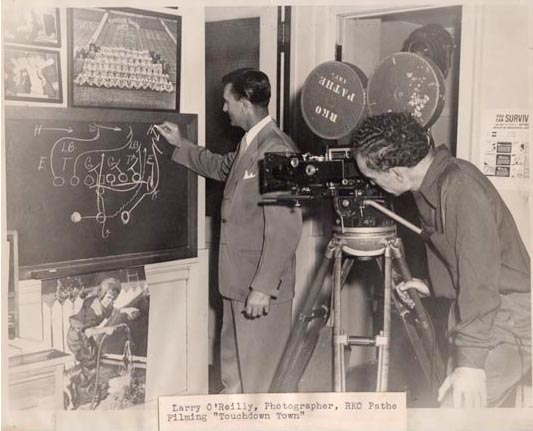
Leo Strang (1958-63), an art major in college, was the showman and he translated that to his football by employing several visual enhancements. All were designed to motivate the players’ performances.
- First helmet logo.
- First V-neck jerseys.
- First white shoes.
- First helmet stickers for outstanding play. As examples, Strang would award black stars for a good downfield block, an interception or a tackle inside the 20 yard line on a kickoff return. Although credited to Ohio State with their buckeye leaf stickers, OSU actually consulted with Massillon prior to their use. The first helmet stickers were also credited by ESPN to Jim Young of Miami of Ohio (Redskins) for his use of the tomahawk stickers. Only, this occurred later, in 1964.

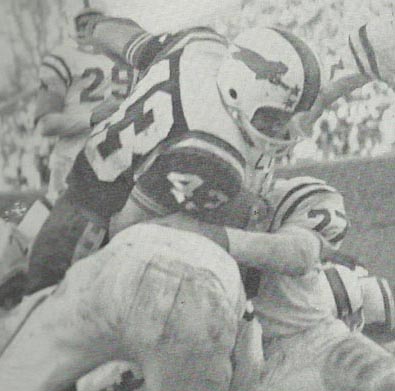
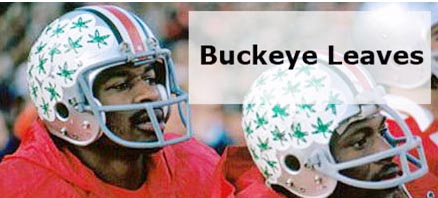
Many other firsts originated from the Massillon community itself.
- The Booster Club placed identification signs in the yards of players.
- Scoreboards were distributed to various businesses where employees were required to work through the evening hours. Phone calls were then made from the press box to the firms throughout the game to provide quarterly updates that were then recorded on the scoreboards.
- The Massillon-McKinley 1934 game was the first high school football game to be played before at least 20,000 fans.
- The Massillon-Cleveland Cathedral Latin game was the first high school football game to be played before at least 50,000 fans (51,409 at Cleveland Municipal Stadium in 1945).
- First school to be displayed via nose art on a World War II bomber. A campaign to sell war bonds throughout the Massillon community raised funds to purchase the plane.
- First high school in Ohio to have a monogrammed automobile license plate sporting the school’s name and sports logo.
- Only high school to have produced three head football coaches at Ohio State University: Paul Brown, Carroll Widdoes and Earl Bruce.
